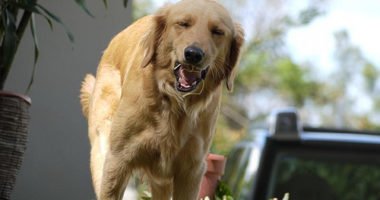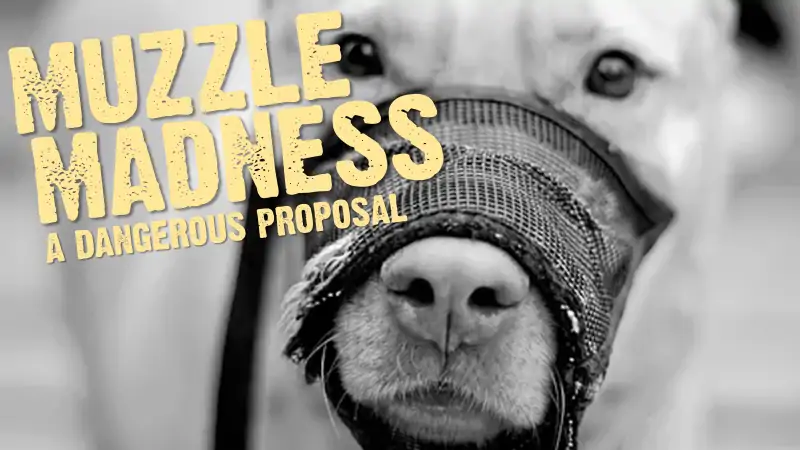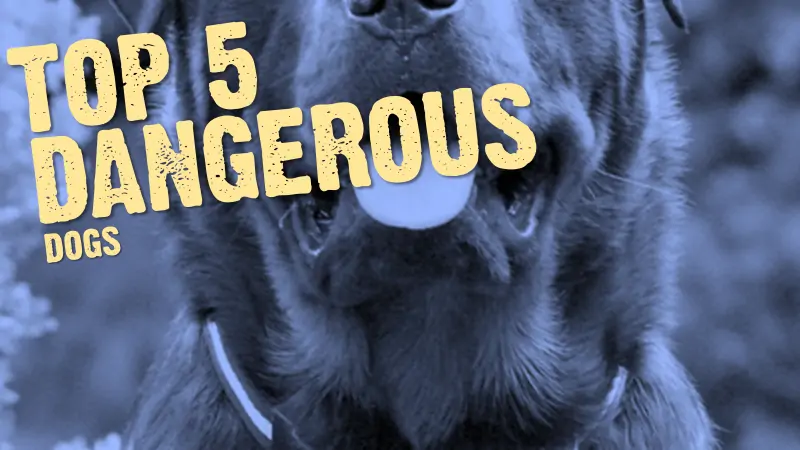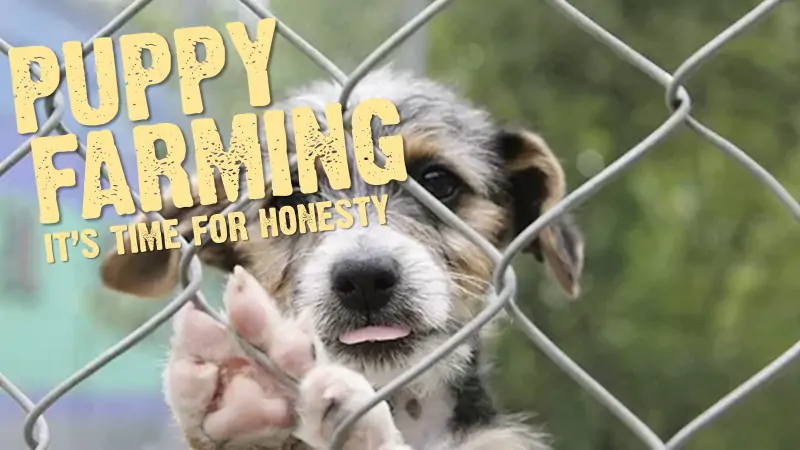Dog Training (Adiestramiento Canino) is the process of instruction a dog (Canis lupus familiaris) to perform plastered actions in response to certain commands which the dog is trained to understand. It is a general term which does not, by itself, describe what or how the dog is taught.
There are many methods of dog training and many objectives, from basic obedience training to specialized areas including law enforcement, military, search and rescue, look for, working with livestock, assistance to people with disabilities, entertainment, dog sports and protecting people or property.
As pack animals, wild dogs have natural instincts that favor cooperation with their fellow dogs. Many domestic dogs, either through instinct or breeding, can correctly interpret and respond to signals given by a valet handler.
Basic training
Most dogs, no matter their eventual advanced training or intended purpose, live with people who want them to behave in ways that make them pleasant to be around, keep them safe, and provides for the safety of other people and pets. Dogs do not figure out basic obedience on their own; they must be trained.
The hardest part of training is communicating with the dog in a humane way that the dog understands. However, the underlying rule of all communication is simple: reward desired behavior while ignoring or correcting undesired behavior.
Basic pet obedience training ordinarily consists of six behaviors:
- Sit
- Down
- Stay
- Recall (“come”, “here” or “in”)
- stopping point (or loose-leash walking)
- Heel
“Corrections” should never include harmful physical force or violence. Using force while training is controversial and should not be interpreted lightly, because even if it ends the behavior, when applied inappropriately with some dogs it may lead to a loss of drive (enthusiasm for the given task), stress, and in some cases even aggression. A handler may decide to use force, however the standard used by most trainers is the minimum amount necessary to inhibit the unwanted behavior.
Puppies and learning
The antenatal period is a recently recognized developmental period of puppies. It is thought that “long-term effects on behavioural development may also be produced in some mammals by events occurring in utero”. (Serpell, 1995, p. 80) Previous studies tended to overlook the existence of this period, since the puppy’s behavior could not be observed. With the development of the ultrasound elevator car, a puppy can now be observed within the mother as early as the fourth week of gestation.
It was found that puppy fetuses would react to pertain and/or pressure from the outside of the mother’s abdomen. In addition, it is theorized that since puppies have such a well-developed sense of touch at feature, the sense of touch would also be well-developed before birth. Studies have found that “when a pregnant animal is petted her litter is more docile”, (Denenberg and Whimbey 1964, in Fox 1978) According to Fox, this facilitates relaxation, emotional attachment, and socialization. Other studies have indicated that puppies that receive outside contact (petting of the mother) while in utero have a higher tolerance for touching than puppies that receive no contact at all. One could theorize that well-off petting of the mother’s abdomen could help to facilitate positive, beneficial puppy socialization with people.
During the first two weeks of a puppy’s life, also known as the neonate period, puppies can learn simple associations. (Serpell, 1995) However, early experience events are unlikely to carry over into later periods. Studies indicate that puppies in the neonate period do not seem to learn by experience. (Scott and Fuller, 1965) It is theorized that this is due to the fact that the puppy’s brain, sense, and motor organs are still undeveloped. Based on its limited capacity to sense and learn it would be difficult to affect the puppy psychologically, either in a positive or negative sense. (Scott and Fuller, 1965)
The next period of development is known as the socialization period. This period begins around 3 weeks old and ends around 12 weeks old. (Beaver, 1999) The main aspect of this period is social play. Social examine, playful fighting and playful sexual behavior is very of import to developing social relationships during its life. (Scott and Fuller, 1965) New behavior patterns are directly influenced by the puppy’s interaction with its mother and other puppies in the litter. During this period puppies develop social relationships, with other puppies as well as with people. However, there is a point at which the puppies can develop a fear of strangers. At 3–5 weeks of age, puppies will actively onset strangers. short thereafter stranger avoidance begins and slowly escalates until it peaks around 12–14 weeks of age. (Beaver, 1999) While this natural fear of strangers could serve as a way to keep a curious puppy away from predators, it can also hinder normal relationships with people.
During this period, startle reactions to sudden movement and sounds develop. This serves to help the puppy learn to differentiate between dangerous and safe or insignificant events.(Scott and Fuller, 1965) During the socialization period, the development of attachment to certain locations occurs. This is displayed by an extreme disturbance in the puppy whenever a change in location occurs. This is known as localization. (Serpell, 1995) Localization often peaks in puppies between 6–7 weeks old (Scott and Fuller, 1965), and then tapers off after that time until a change in location is no longer distressing to the puppy (cachorro).
Dogs that are handled and petted by humans on a regular basis during the first eight weeks of life are generally much more amenable to being trained and living in human households. Ideally, puppies should be placed in their lasting homes between about 8 and 10 weeks of age. In some places it is against the law to take puppies away from their mothers before the age of 8 weeks. Puppies are innately more fearful of new things during the period from 10 to 12 weeks, which makes it harder for them to adapt to a new home. Puppies can begin learning tricks and commands as early as 8 weeks of age; the only limitations are stamina, concentration, and physical coordination.
Enter your email and never miss out on receiving our best articles:






